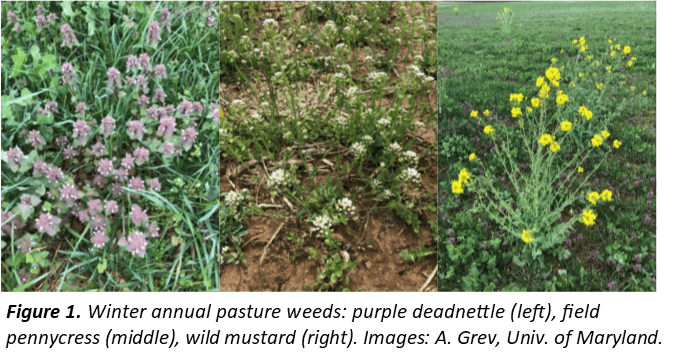Annapolis (April 8, 2020)….The Maryland Agricultural and Resource-Based Industry Development Corporation (MARBIDCO) has established the Pandemic Adjustment Loan Fund Program to help Maryland’s food and fiber producers, harvesters and primary processors adjust to the business disruptions caused by the COVID-19 pandemic. The program offers low cost loans with flexible terms for working capital or equipment purchases. The maximum individual loan amount is $10,000, and no collateral security is required to be pledged to receive a loan.
“Many Maryland farmers and other rural businesses are rapidly altering their operations to adjust to changing market conditions in response to the coronavirus pandemic, and some are pivoting to serve new customers and markets almost on the fly,” said Steve McHenry, MARBIDCO’s Executive Director. “This new loan program is designed to get money very quickly into the hands of rural business owners for the purchase of materials and equipment via an easy-to-complete application process.” MARBIDCO has available $1.2 million to lend through this program.
Applicants for this program must currently be operating their qualifying business enterprises in a substantial manner (e.g., as farmers, loggers, seafood harvesters, or as primary food/fiber processors). Spin-off activities of the existing main business enterprise are eligible and encouraged, but purely start-up enterprises are not eligible. Eligible farms and rural businesses can apply for loans up to $3,000 in working capital and up to $10,000 for equipment purchases at a low interest rate with flexible terms. Loan repayments will be made interest-only for five months beginning in August, followed by amortizing payments for 12 to 36 months with a fixed rate of 3.75% starting next year. Borrowers who make all their payments will receive a 10% grant back (of the original amount borrowed) at the end of the loan term.
Working capital includes (but is not limited to): planting materials such as seeds, fertilizers and plastic covers, hand tools, advertising and marketing expenses, and hired labor. Tangible equipment includes equipment with 7 years or more usual lifespan such as: motorized equipment, vehicles, commercial kitchen facilities, engine replacement, refrigeration units, etc.
To further assist Maryland’s farm and rural businesses during this time, MARBIDCO is also reducing the interest rates on its core loan programs by 100 basis points for borrowers that may be looking for more traditional term loan financing. These programs include: Maryland Resource-Based Industry Financing Fund, Maryland Vineyard/Hopyard/Orchard Planting Loan Fund, Rural Business Equipment and Working Capital Loan Fund, and Forestry Equipment and Working Capital Loan Fund. Additional information on these programs is also available on our website.
Applications for the Pandemic Adjustment Loan Fund must be submitted by May 31st. The application form is available on the MARBIDCO website at www.marbidco.org. For questions, please call the MARBIDCO office at (410) 267-6807. Due to current social distancing procedures, phone calls may not be readily answered (but all calls will be returned).
Contact: Steve McHenry
410-267-6807
smchenry@marbidco.org

